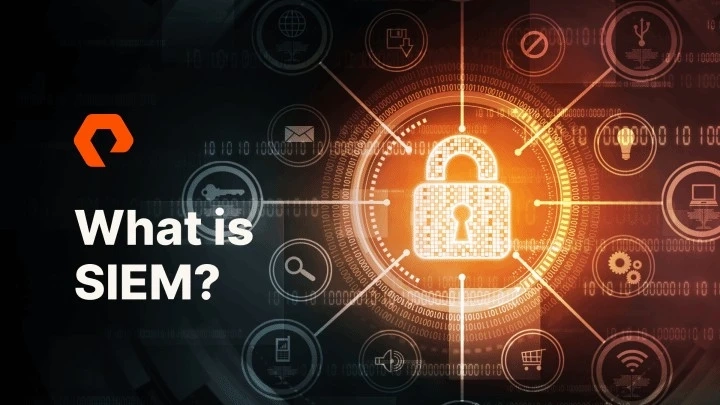The next generation of Security Information and Event Management (SIEM) is here. Traditional rule-based approaches are no longer sufficient in an environment where attackers use automation, AI, and stealth tactics to evade detection. To keep pace, SIEM platforms are evolving with predictive analytics and machine learning (ML) capabilities that anticipate threats, detect anomalies, and guide faster, smarter responses.
Next-gen SIEM leverages behavioural modelling, advanced analytics, and adaptive learning to not only identify attacks already in progress but also predict potential threats before they manifest. This proactive approach represents a paradigm shift in cybersecurity operations.
From Reactive to Proactive Security
Traditional SIEM focuses on correlating known indicators of compromise. While effective against known threats, it struggles with novel or stealthy attacks. A next-gen SIEM integrates predictive models that identify patterns of behaviour indicative of emerging threats. This allows SOCs to move from reactive detection to proactive prevention.
By learning from historical data and attack patterns, predictive analytics can surface early-warning signals that humans or static rules might miss. This shifts the balance of power away from attackers.
Harnessing Machine Learning for Detection
Machine learning models can process massive volumes of telemetry to uncover subtle anomalies. For example, machine learning with Detect AI continuously analyses user, device, and network behavior to establish baselines of normal activity. Deviations from these baselines are flagged for analyst review, reducing reliance on static correlation rules.
Unlike traditional approaches, ML improves over time. The more data it ingests, the better it becomes at identifying patterns and reducing false positives. This creates a virtuous cycle of continuous improvement in detection fidelity.
Closing the Loop with Automation
Predictive detection is most effective when combined with automated response. Integrating ML-driven cloud SIEM security with SOAR integration ensures that once a high-risk anomaly is detected, response workflows are triggered instantly. This could mean isolating a compromised endpoint, blocking malicious IPs, or escalating tickets with full context.
Automation reduces mean time to respond (MTTR), allowing SOC teams to mitigate risks before they escalate into full-scale incidents. It also ensures consistent application of security policies across the enterprise.
Building Trust in AI-Driven SIEM
Adopting predictive analytics and ML requires building trust among analysts and executives. Transparency in how models make decisions, combined with clear reporting, helps foster confidence. SIEM platforms that provide explainable AI outputs give analysts the ability to understand why certain anomalies are flagged, ensuring that machine recommendations are trusted and actionable.
Conclusion
Next-gen SIEM marks a transformative moment in cybersecurity. By integrating predictive analytics, machine learning, and automated response, enterprises can detect threats earlier, respond faster, and adapt continuously to an evolving landscape. Far from replacing human analysts, these technologies empower them—augmenting their capabilities and enabling them to outpace adversaries.



